U.S. Open
9 courses we'd like to see host a U.S. Open (or host it again)

Drew Hallowell
So you want to host a U.S. Open? Well, besides having an exceptional golf course, the biggest thing you’re going to need is patience. The next available date for a course to do so isn’t until 2043. That’s not a typo but a conscious decision by the USGA to lock into a handful of tried-and-true masterpieces—"the cathedrals of American golf”as USGA chief championships officer John Bodenhamer likes to call them—for the foreseeable future.
Mind you, few golf fans can honestly say they’re disappointed that the national championship will be regularly visiting the likes of Oakmont (2025, 2033, 2042, 2049), Pebble Beach (2027, 2032, 2037, 2044), Pinehurst (2029, 2035, 2041, 2047), Shinnecock Hills (2026, 2036) and Merion (2030, 2040, 2050) in the coming years. Still, with the USGA’s “anchor site” strategy comes an overlapping regret that many other worthy courses won’t get a chance to have their moment to shine on golf’s biggest stage. The game is blessed with dozens of locales that are legitimately worthy of hosting a national championship. They might not all be as renowned as Winged Foot (2028), The Country Club (2038) and Riviera (2031), but the respect they have within the game makes us long to see how they would fare if the best golfers in the world were tested on their layouts.
Below is a list of just those places—courses that are big and brawny enough to host the game’s elite as well bulky enough to handle everything that comes outside the ropes with hosting a major championship. This list doesn’t include Pine Valley, Cypress Point or National Golf Links of America, all incredible candidates but none that can realistically handle EVERYTHING that comes with hosting a U.S. Open. Instead, we focused on courses that strike a balance of challenging enough for players and friendly enough for commercial considerations—while also steering away from courses the PGA of America has tapped for future PGA Championships.
We list nine here—some that would be making their debut as host and others that deserve another shot. If the USGA takes our advice and fills its next nine open spots with these courses, the governing body will be all set through 2056.
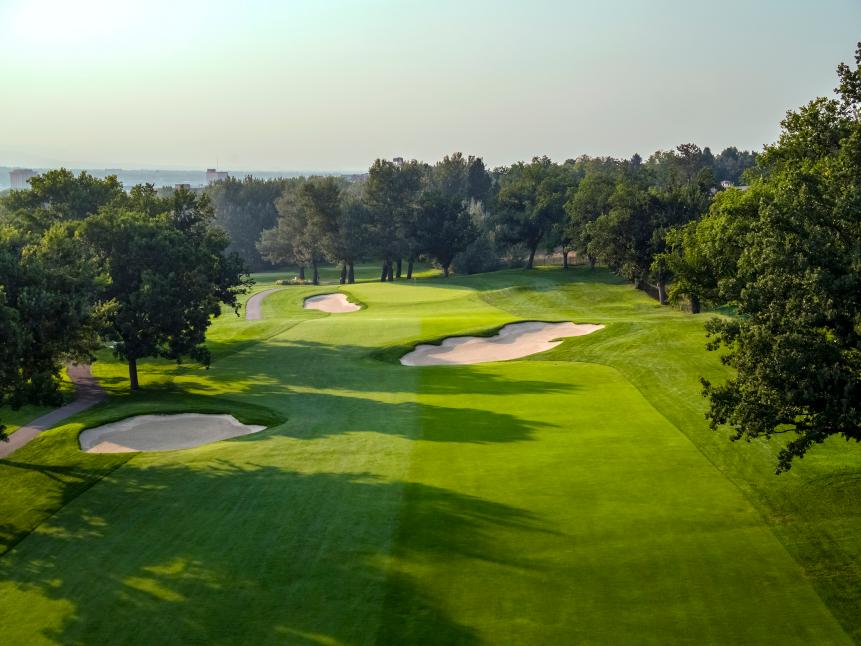
When Cherry Hills opened in the early 1920s, it was a ground-breaking design, with the nation’s first par-5 island green and closing back-to-back par 5s, although in championships the 18th is played as a par 4. In the 1960 U.S. Open, winner Arnold Palmer popularized the idea of a drivable par 4 by going for the first green in every round. Recent renovation and individual feature restoration by Tom Doak and Eric Iverson of Renaissance Golf have primed Cherry Hills for the next phase of its illustrious tournament history, which began with the 2023 U.S. Amateur, won by Nick Dunlap. With a course in shape for the game's elite, Cherry Hills offers a chance for the USGA to visit an area of the country lacking championship golf.
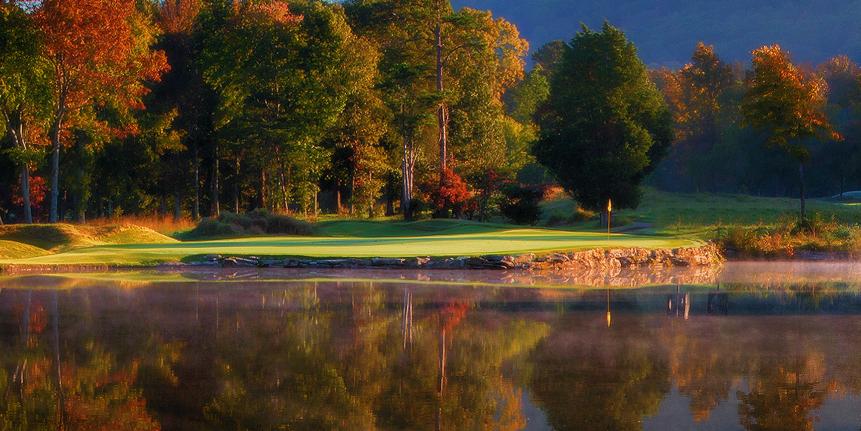
Considered radical in the early 1980s because of its acres of tall, native-grass rough, durable Zoysiagrass fairways and terrifying greens perched atop bulkheads of rock, today The Honors Course is considered a well-preserved example of Pete Dye’s death-or-glory architecture. Other than reducing the contours in a couple of greens (particularly the 18th) in the late 1990s, and adjusting the bunkering in 2008, Dye left the course alone for most of his career. Georgia architect Bill Bergin did create a new practice facility at the club in 2015, and Gil Hanse and Jim Wagner touched everything up again in 2022. The course has hosted many national amateur events to rave reviews and Chattanooga would be an interesting new market for the USGA to visit.
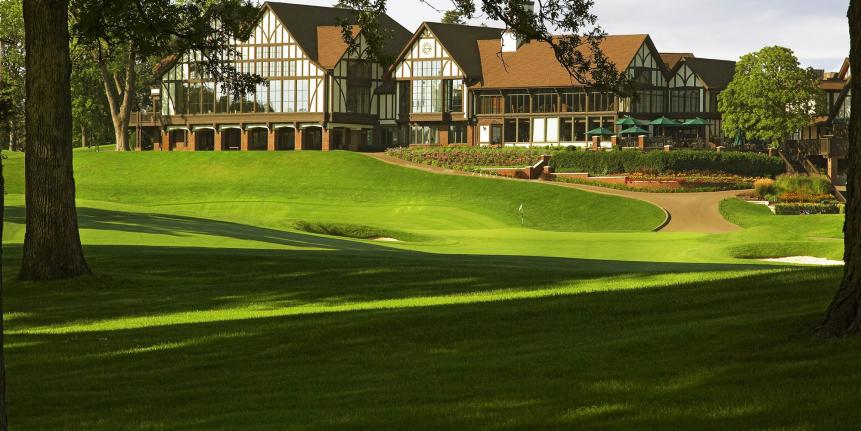
When Bobby Jones won the 1930 U.S. Open at Interlachen (completing the second leg of what would become the game’s first Grand Slam), fellow competitor Gene Sarazen insisted the course was tougher than everything but Oakmont. These days, the hilly, tree-lined design with small greens and plenty of bunkers has been the showcase of women’s professional golf, hosting the 2002 Solheim Cup, won by the American team, and the 2008 U.S. Women’s Open, won by Inbee Park. A restoration of the Willie Watson design that Donald Ross revamped in 1922 is ongoing by Andrew Green that will allow the course to get a ranking jolt that similar work at Inverness and Congressioinal delivered. When that's done, it's a location that checks a lot of boxes for the USGA in terms of a historically significant venue in a prime Midwestern market.

The course is coming off another successful performance hosting the U.S. Women's Open, and club officials have put a flag in the ground in saying they want to become a destination for big women's golf tournaments. But watching the action last month has us curious how the course might hold up to the men's game. Given its proximity to Merion Golf Club, it's a long-shot candidate but an intriguing one nonetheless.

Despite the rumor, Erin Hills wasn’t designed specifically to host a U.S. Open. Its original concept was to be a simple, affordable, lay-of-the-land layout, to prove Mother Nature is indeed the best golf architect. The concept changed—some greens moved, one blind par 3 eliminated—as the quest for a U.S. Open grew. That dream came true: after trial runs hosting the 2008 U.S. Women’s Public Links and the 2011 U.S. Amateur, Erin Hills hosted the U.S. Open in 2017, the first time the event had ever been in Wisconsin. Brooks Koepka won with a 72-hole score of 16 under, leading some to conclude Erin Hills was too wide and defenseless. In truth, what it lacked that week was the usual gusty winds that would have effectively narrowed the slanted, canted fairways. Had the par been adjusted to 70 instead of 72 as is usual for most Opens, the score would likely have been closer to eight under. It's a course that deserves a second look in a golf crazy part of the country.
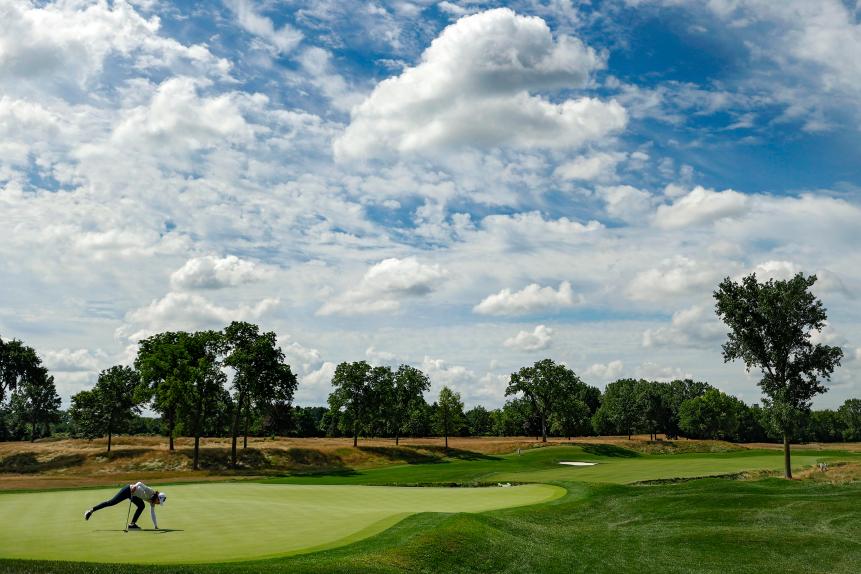
Inverness is considered a classic Donald Ross design. In truth, it’s one of his best remodeling jobs. Some Ross fans were outraged when the course was radically altered by George and Tom Fazio in preparation for the 1979 U.S. Open. The uncle-nephew duo eliminated four holes (including the famous dogleg par-4 seventh), combined two holes to make the par-5 eighth and created three modern holes on newly acquired land. In 2018, golf architect Andrew Green replaced the Fazio holes with new ones more in the Ross style, relocated greens on two other holes and added new back tees everywhere. Inside and outside the ropes the course did a fantastic job when hosting the 2021 Solheim Cup.
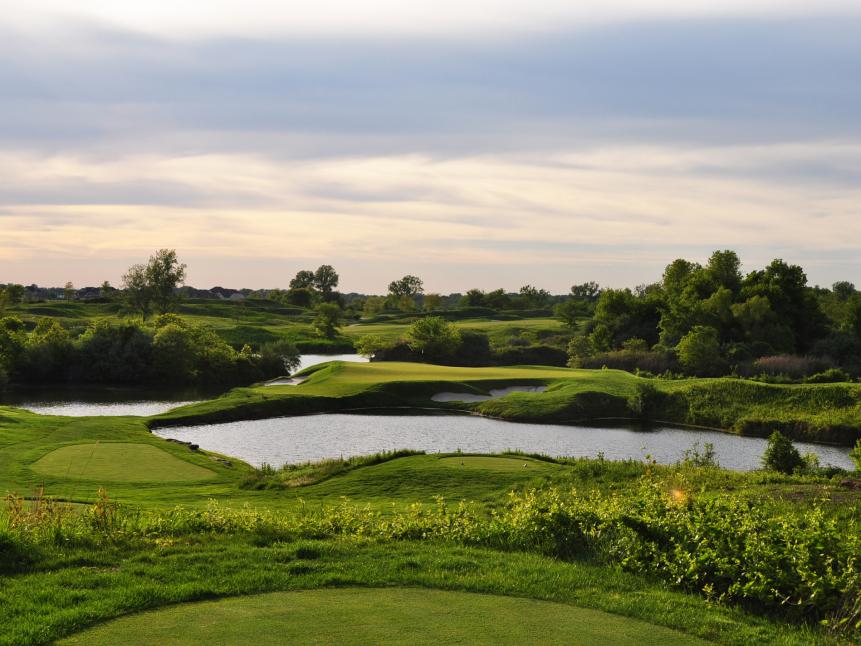
Built atop Peabody Coal Company’s long-abandoned Victoria strip mine in southern Indiana, Victoria National was a simple routing for Tom Fazio. He just followed the corridors (the perfect width for fairways) that existed between mining spoil mounds (long since overgrown with trees) and some 40 acres of fingery lagoons that had formed as steam shovels carving out coal deposits hit the water table. Chosen as Best New Private Course of 1999, Victoria National stunned most Golf Digest panelists. One gushed it was, “the most unusual, unpolished and unpretentious Fazio design ever.” Another called it, “probably the hardest Fazio course I’ve played. More penal than Pine Valley.” Fazio concurred with that assessment. “It’s U.S. Open-quality now,” he said soon after it opened. “If the wind blew, it’d be too hard.” Indeed, the USGA could make this course incredibly tough if it wanted to. The bigger question is whether it's in a place that would attract enough fans.

To prepare Olympia Fields North for the 1961 PGA Championship (won by Jerry Barber in a playoff over Don January), the club didn’t hire a golf architect. Instead, superintendent Warren Bidwell relocated 32 greenside and 13 fairway bunkers and added new tees to lengthen the course by 320 yards. Forty years later, golf architect Mark Mungeam supervised extensive changes before the North hosted the 2003 U.S. Open and made more changes again before Olympia Fields North and newly remodeled South (redone by architect Steve Smyers) co-hosted the 2015 U.S. Amateur. More recent, the course hosted the 2020 and 2023 BMW Championship each with dramatic finishes that make a return U.S. Open visit all the more intriguing.

Ridgewood was always one of A.W. Tillinghast’s favorites. He lived nearby, was a club member and a close friend with the club's longtime pro, George Jacobus, who served as president of the PGA of America for seven years. (It was Jacobus who brought the 1935 Ryder Cup to Ridgewood.) The 27 holes that Tillinghast created were some of his most demanding. Not surprisingly, the course has long been a tournament venue, particularly in recent years with the PGA Tour coming in 2018 and the U.S. Amateur back in 2022, following extensive tree removal and bunker renovation by Gil Hanse. The New York-metro area has plenty of great courses for the USGA to choose from, and this one is worth a look.